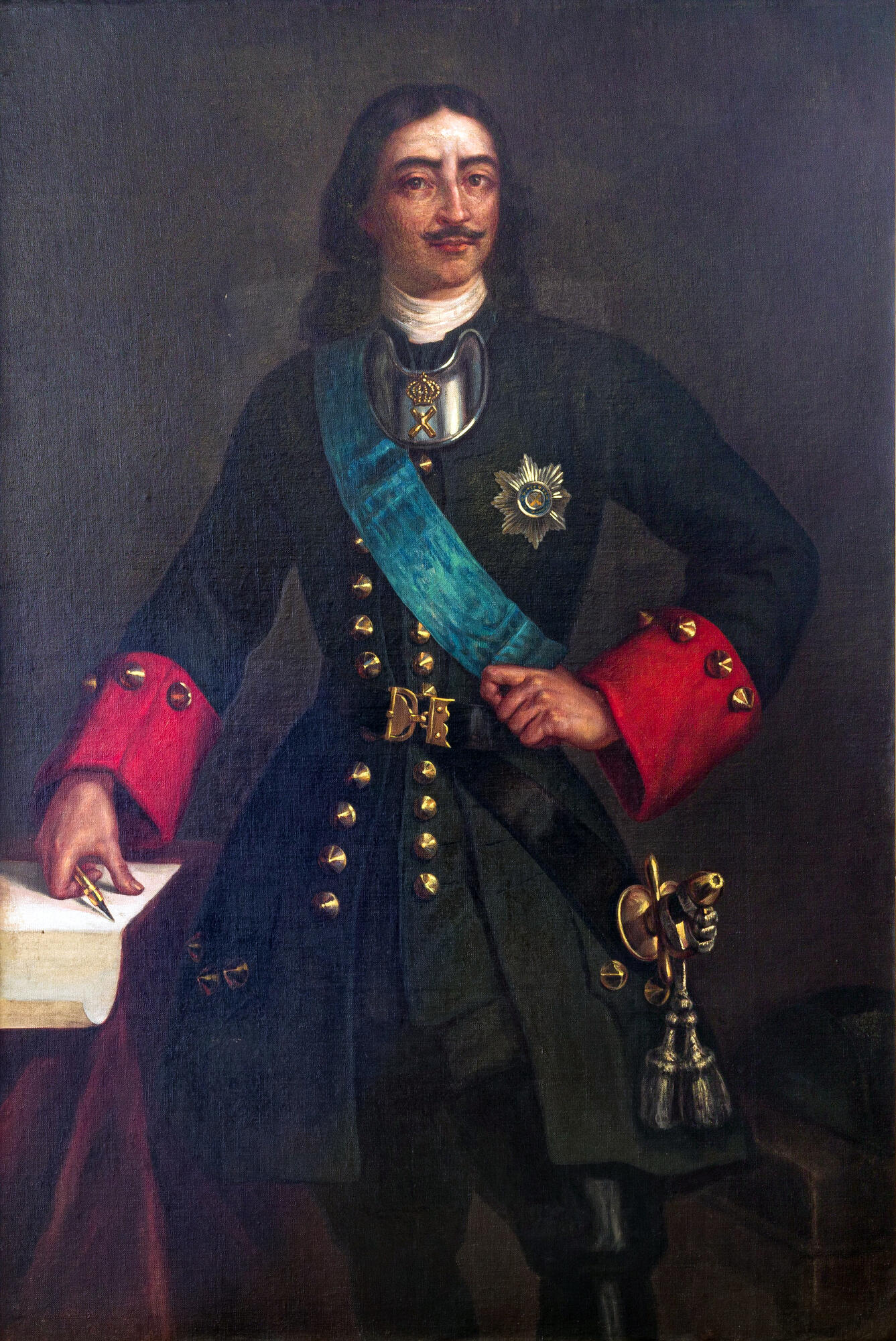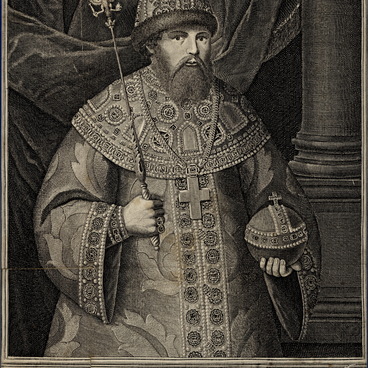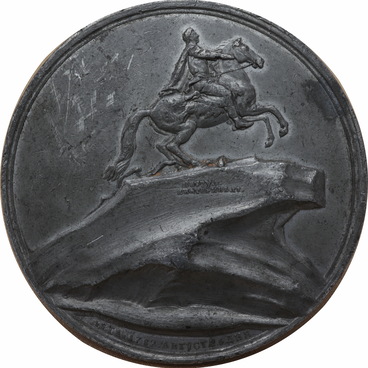Peter I was the youngest son of Tsar Alexei Mikhailovich and his second wife Natalia Naryshkina. He was the first of the Romanov dynasty to visit the Tambov Region.
In 1702, he first found himself passing through the village of Malye Lipskie Studyonki (the territory of modern-day Lipetsk), and in 1707, construction began on the banks of the Lipovka River, and soon the Upper and the Lower Iron foundries were established. The factory complex included mines and quarries where raw materials were extracted; a foundry, a dyeing plant, and a mechanical workshop. The local smelting enterprise was the second biggest cast-iron producer in Russia. Cannons and cannonballs, chains and anchors, cloth and many other goods came out from the shores of Lipovka to supply the fleet and the army.
The only documented visit of Peter I to the Lipetsk factories happened in 1722, however, there is indirect evidence that suggests that there were many more visits. Historians assume that the tsar honored the laying of the Church of the Nativity of Christ with his presence. The church was built at the site of the factories.
The discovery of mineral waters on the Lipovka River is also associated with the emperor’s name. The historiographer of the region, Ivan Pfeller, directly attributes the discovery of the healing springs to the tsar. Local tradition has preserved the story of such an event.
Not far from the iron foundry lived an old woman with a maid. One day the girl brought water from the spring and boiled it for the old woman and it turned black. The woman suspected the maid of trying to poison her and took the unfortunate woman to court. Rumors of this mysterious case came to the attention of Peter the Great, and he ordered the “poisonous” water to be analyzed. The spring from which the maid got the water turned out to be a mineral spring.
A palace was built for Peter the Great in Studyonki. It was a simple wooden house with a stone foundation, 18 arshyns (a unit for measuring length equal to 69 cm) long and 15 wide, with a roof made of bast and wood shingle. The house had only three rooms: a reception room, a royal study and a bedroom. The interior was also quite bare-bones. Peter’s palace in Lipetsk existed for more than a century until it burned to the ground on September 11, 1806.
The presented portrait of Peter the Great painted by an unknown artist in the 19th century is a loose copy of the original painting by Nicolas Sébastien Frosté. It entered the museum’s funds after 1918, presumably from the Officers’ Assembly or one of the estates in the Tambov Governorate.


